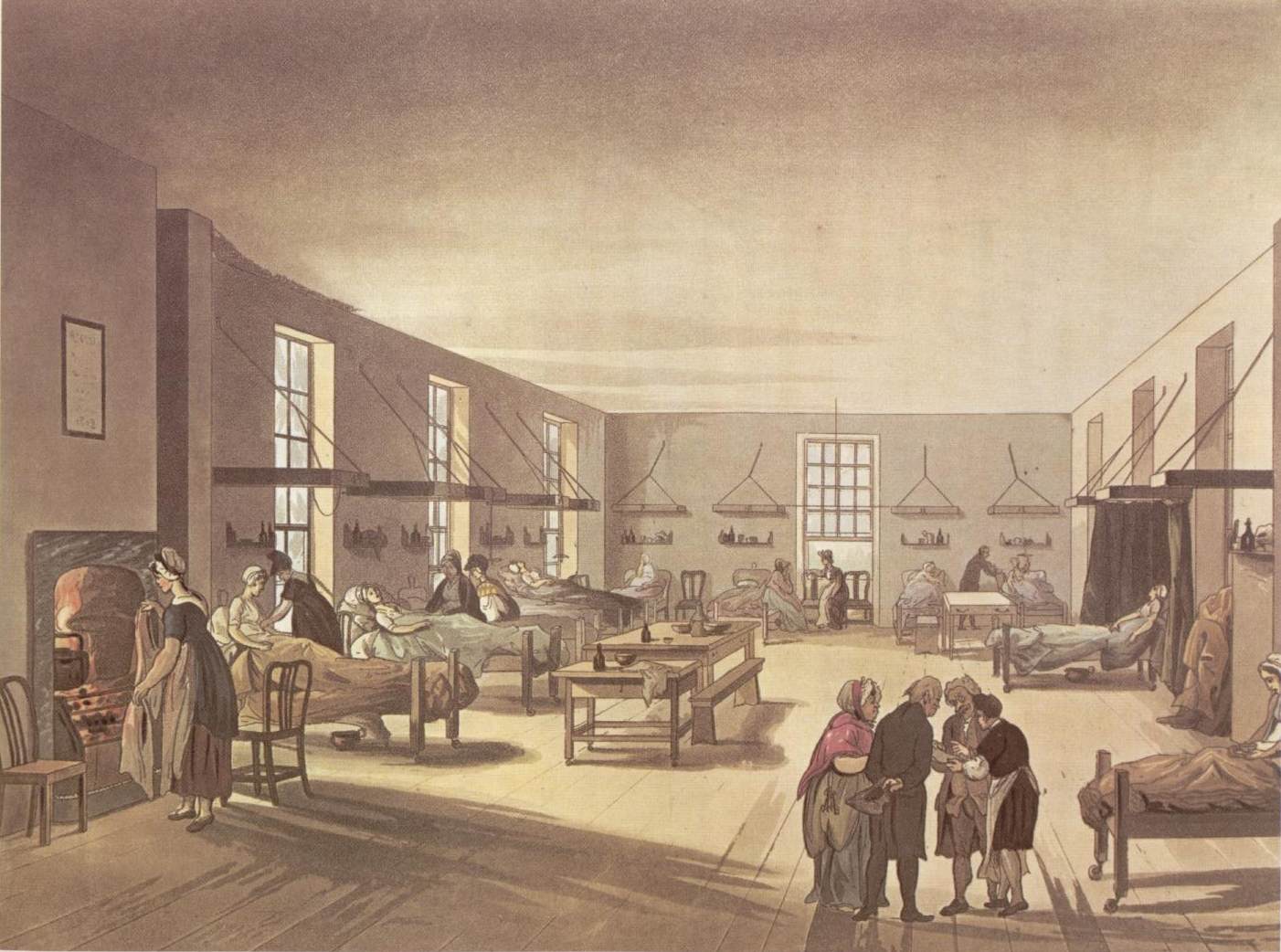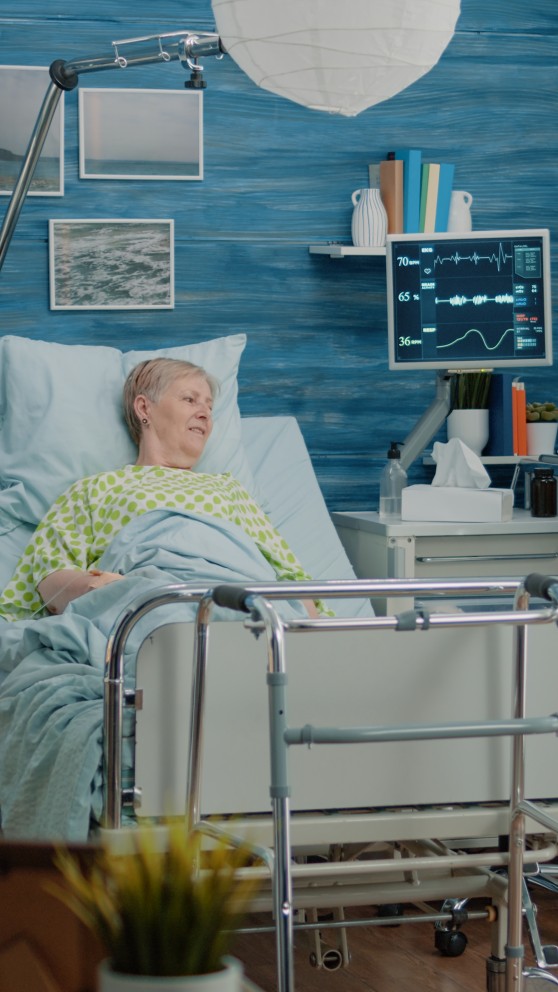
The evolution of Automatic Nursing Beds
The evolution of medical beds has been a remarkable journey, driven by scientific advancements and technological innovations. Over the years, medical beds have undergone significant transformations, adapting to the changing needs and demands of patients and caregivers.
In the early days, medical beds were simple and manual, requiring physical effort to adjust positions and provide comfort. However, with the advent of electricity and mechatronics, medical beds entered a new era of automation and sophistication.The introduction of electric medical beds in the mid-20th century revolutionized patient care. These beds allowed for easier adjustment of positions, providing comfort and relieving pressure on the body. As technology progressed, mechatronic beds emerged, incorporating advanced features such as pressure mattresses, weighing scales, and alternative actuators.
In the 21st century, medical beds have become smarter and more interactive

The integration of advanced technologies, such as sensors, internet of things (IoT), artificial intelligence, and robotics, has transformed medical beds into highly advanced devices. These beds are now equipped with embedded-control functions, allowing for real-time monitoring of patient conditions and precise measurement of biometric data.
As technology continues to advance, the field of automatic nursing beds has seen significant developments in recent years. These beds are designed to provide enhanced comfort, safety, and functionality for patients in healthcare settings.
One key trend in automatic nursing beds is the integration of smart features and technology. These beds are equipped with advanced sensors and control systems that allow for remote monitoring and adjustment of bed positions. This technology enables caregivers to provide personalized care and ensures the safety and well-being of patients. Additionally, automatic nursing beds often include features such as built-in scales, pressure-relief systems, and customizable settings to meet the specific needs of individual patients.
Another important aspect of the design is the integration of advanced technologies into the bed. These technologies include touchscreens, graphical user interfaces, and wireless connectivity. The user interfaces of these beds have evolved from wired handheld controls to more sophisticated options like redundant side-rail integrated controls and touchscreens. The goal is to provide intuitive and user-friendly interfaces for both patients and caregivers.

The current trends in automatic nursing beds are focused on integrating smart features and technology, enhancing design and aesthetics, and providing customization and adaptability. These advancements are aimed at improving patient comfort, safety, and overall healthcare experience. As technology continues to evolve, we can expect further innovations in the field of automatic nursing beds, leading to even more advanced and patient-centric solutions.
Recent Posts
- Meyarcare Automatic Nursing Bed For Easy Care 15 May 2024
- The Role of Senescence in Age-Related Diseases 06 June 2024
- How rehabilitation tools affect people with disabilities 09 May 2023
- Automatic Nursing Bed Are Enhancing The Quality Of Patient Care 01 March 2024
- Rehabilitation Nursing With A Patient Care 15 July 2021

